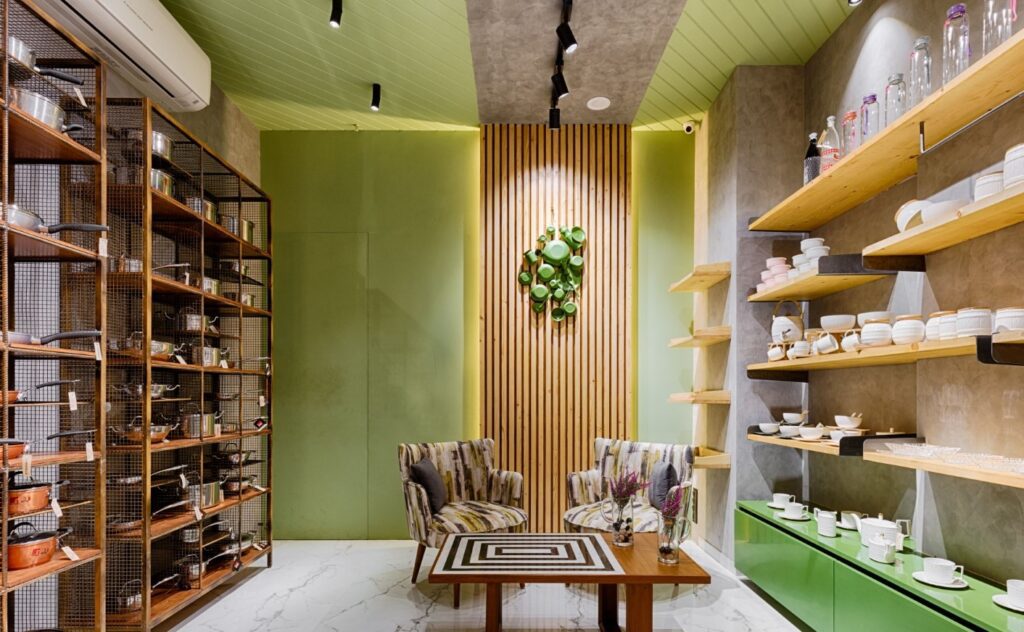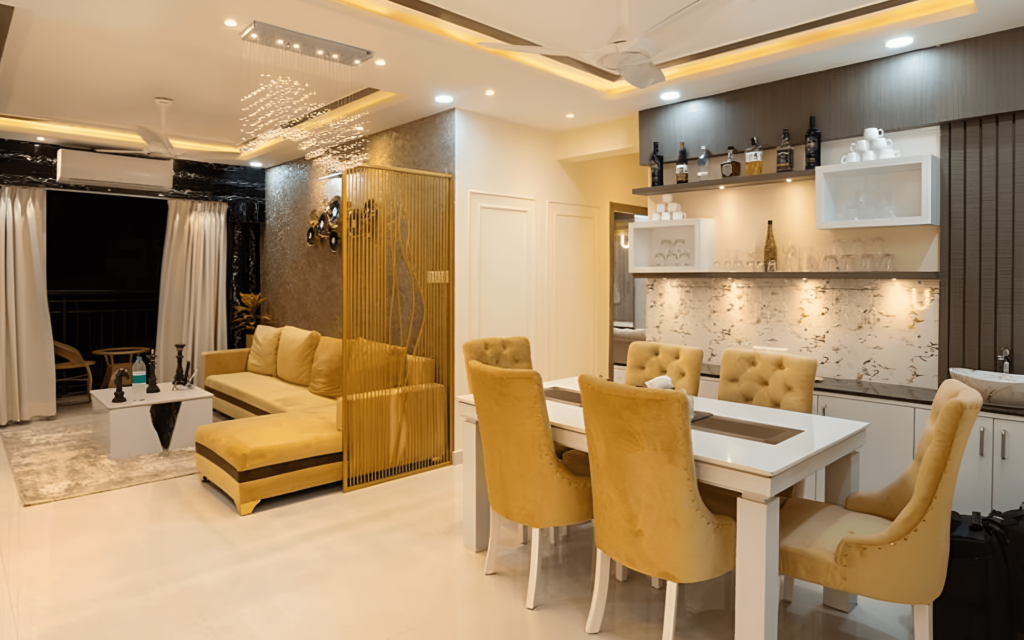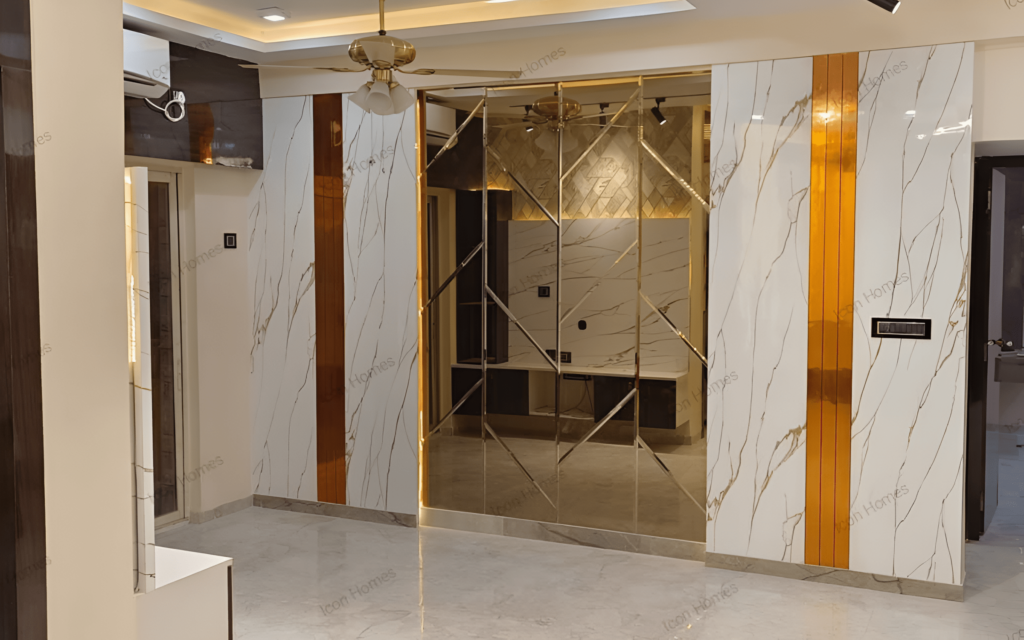Decoding the Essence of Shop Interior Design: Creating Memorable Retail Experiences
In the bustling world of retail, where competition is fierce and consumer preferences are ever-evolving, the significance of shop interior design cannot be overstated. Beyond merely providing a space to display products, shop interiors serve as powerful tools for engaging customers, shaping brand identity, and enhancing the overall shopping experience. Let’s delve into the compelling reasons why shop owners invest in thoughtful interior design and explore the transformative impact it has on their businesses. Creating an Inviting Atmosphere: The first impression is often the most lasting, and shop interior design sets the stage for a memorable shopping experience. By carefully curating elements such as lighting, color schemes, and spatial layout, shop owners can create an inviting atmosphere that draws customers in and encourages exploration. Whether it’s a cozy boutique adorned with warm lighting and plush furnishings or a sleek flagship store with modern accents and clean lines, the ambiance of a shop plays a crucial role in capturing the attention and interest of shoppers. Reflecting Brand Identity: Shop interiors serve as tangible expressions of brand identity, conveying the values, personality, and aesthetic sensibilities of the business. From luxury boutiques exuding sophistication and exclusivity to quirky concept stores brimming with creativity and whimsy, every design decision contributes to shaping the narrative of the brand. By aligning interior design elements with brand messaging and visual identity, shop owners can forge a deeper emotional connection with customers and differentiate themselves in a crowded marketplace. Enhancing Product Presentation: Effective shop interior design goes beyond aesthetics; it also enhances the presentation and visibility of products, driving sales and customer engagement. Thoughtful placement of merchandise, strategic use of display fixtures, and attention to visual merchandising principles all contribute to maximizing the impact of product presentation. By showcasing products in an appealing and accessible manner, shop owners can capture the interest of shoppers and inspire them to make purchases. Optimizing Traffic Flow: An intuitive layout is essential for guiding customers through the shopping journey and optimizing traffic flow within the shop. Well-designed interiors take into account factors such as aisle width, product placement, and focal points to ensure a seamless and enjoyable shopping experience. By creating clear pathways and minimizing congestion, shop owners can enhance navigation and encourage exploration, ultimately leading to increased customer satisfaction and loyalty. Fostering Customer Engagement: Shop interiors play a crucial role in fostering customer engagement and interaction, transforming the retail space into a dynamic hub of activity and conversation. From interactive displays and digital signage to experiential zones and seating areas, design elements can be strategically incorporated to encourage dwell time and stimulate curiosity. By offering opportunities for hands-on exploration and meaningful interaction, shop owners can create memorable experiences that leave a lasting impression on customers. In conclusion, shop interior design is not merely about creating visually appealing spaces; it’s about crafting immersive environments that captivate the senses, convey brand identity, and enhance the overall shopping experience. By investing in thoughtful design, shop owners can create compelling destinations that inspire, delight, and resonate with customers, driving success and sustainability in an ever-changing retail landscape.



